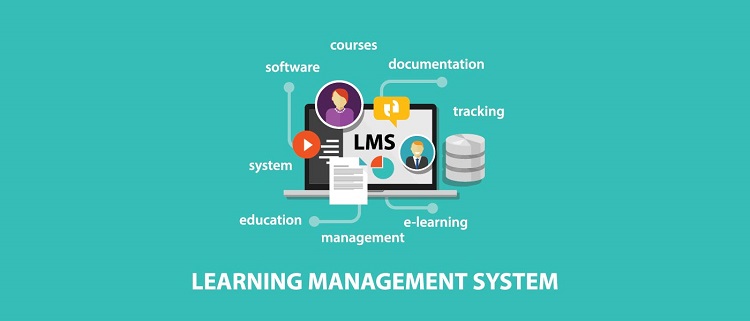So, you have a great team in your business. Your team is motivated and fun to work with.
However, maybe there are few that need to do a little work on the clarity of their performances.
That’s where learning management system comes into play here. As this is a growing market and demand for all layers of management using the system. With a recent study showing that even students have begun using it.
It is clear that it is the go to for people wanting to enhance their current skills or more importantly learn new information.
With most people working from home nowadays, this may be the best way forward!
This applies to lowering your training costs, reducing staff and a great way of making sure your staff are updated with core industry knowledge and practices.
What’s the catch?
So you have identified an area of the business that is underperforming.
The good news is that once you have identified this, you can focus to fix this issue.
The main unique feature of LMS is tailoring the courses to any area of the business that needs the most work.
The most important feature to look for when designing the course is how well accessible the information comes across.
Both in terms of its the level engagement that the learner shows and how they can always access it whenever they desire.
You want the workforce or your chosen department to be able to access the course with ease.
That is what is going to give you the best results for the long term.
The key features
I have mentioned why businesses use it, but here are the more specific areas to how it works.
So, you have designed a course. This can be managed by an administrator.
That way, they can tap into the content whenever they want, make changes and change the structure etc.
With this, it’s more critical that the user has the best experience. This can be managed in a few ways.
One of my favorite methods is breaking down long and tedious tasks into more accessible ways.
You don’t want to bombard the user with heaps of information that you know will decrease productivity.
One of the ways to treat this is to form new groups of learners. Maybe bring more learners on board the system.
And get an overview of how each user is finding the structure. Therefore, you will be able to delegate tasks more effectively, rather than most of them falling asleep.
The other important feature is creating the brand look. You want to create each learning course that feels unique to your brand and story, why not make the learning course reflect that?
This is important in maintaining your brand image and reminding the workforce of your core values.
This is specifically known as white labelling. You will be able to customize your font, logo, domain name and more, when creating your learning course.
What about my security and data protection?
These two can raise concern if not dealt with properly, but there is no need to worry.
First of all, data. This applies for users who have created a previous LMS.
With this, they have stored hundreds of pieces of data. They now want to transfer this data across and not have to repeat it again.
Don’t worry, several of the good LMS allow users to synchronize their data and information across to the new LMS, like transferring your music to a new apple ID.
Wow, that would save you time.
The other factor is security. This is where trust and a sincere understanding of your LMS provider comes into play.
This may depend on what pieces of information you have stored and how you want to protect it.
But in general, you will be able save this information on the training management software.
It’s important to understand the LMS provider’s policy about storing security information. If it doesn’t seem reliable to you and then choose another provider.
I believe this is the most important step when choosing a provider.
 HammBurg Be informed with latest news, reviews, entertainment, lifestyle tips, and much more.
HammBurg Be informed with latest news, reviews, entertainment, lifestyle tips, and much more.




